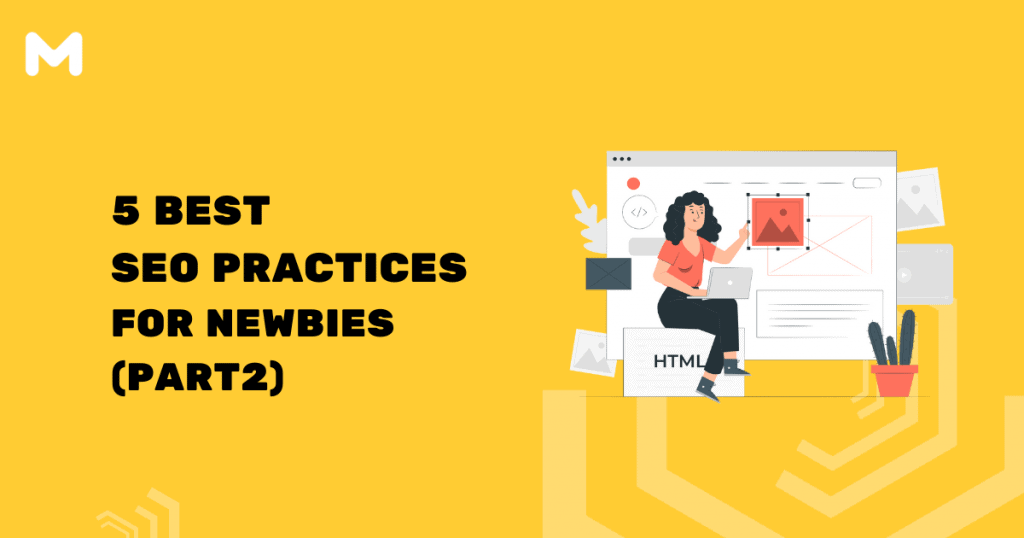Understanding SEO
More and more people are using Google to research before deciding on buying a product. The typical queries would be where to buy, prices, how to use and finding the reviews. Understanding how Google and other search engines work can help you choose how these optimization strategies can help you.
This post is the second installment in the “Best SEO Practices for Newbies”. In Part 1, we focused on the fundamentals of optimization of SEO. Some may ask, “why do I have to optimize my website when my product/service/brand is more superior than my competitors?”
Your services/products may be the highest quality or at the lowest price. Your brand might be superior to competitors in many ways. But if it does not send proper signals to search engines, your site will not rank highly in organic search results, your targeted audience may not be able to find you.
5 Best SEO Practices For Newbies (Part 2)
To step up your SEO game, let’s explore these 5 strategies to further enhance your website.
- Increase Internal Links
Make the most out of the internal links. Although Google’s algorithms are far more complicated today, links still matter. Internal links are links that go from one page on a given domain to another page on that same domain. It is all about providing valuable content that improves a site’s customer experience. - Using Number in Titles
Can you use numbers characters in your metadata? Yes, you can, and it will attract searchers to your page. Adding numbers such as dates may be able to increase rankings for a particular product or brand. Remember, do not overuse numbers or fake it. It has to make sense and contribute to your content. - Create a Longer Content
Longer content creates the conditions necessary to reap numerous SEO benefits. This is because Google rewards sites with higher dwell time. On top of that, longer form of content makes you look like more of an expert in your field, increase more engagement and create likelihood of conversion. From our observation, longer forms of content earn more links and shares. - Update Old Content with New Links
New products coming soon? New “how to” blog for your users? Or simple studies that help to support your product or brand? Link them in your old content. When you publish a new blog post or page, make sure you’re going back and updating your old content with those new links. - Don’t Be Shy to Use More Headers
Using headings creates texts of higher quality that are also easier to read. A better text is better for users, and it is beneficial for your SEO. Using header is a good way to break content by providing keyword-rich context about your content for the search engines.


